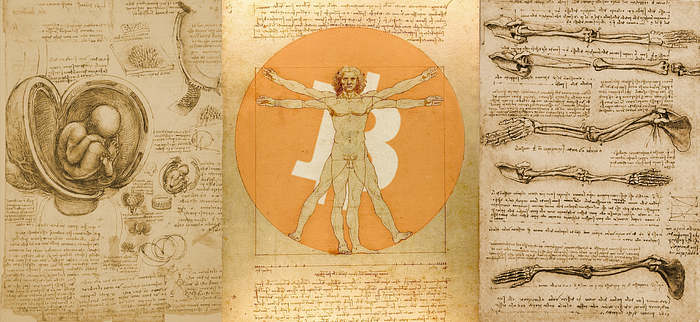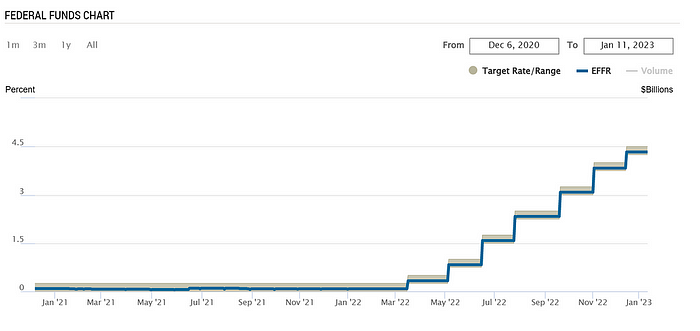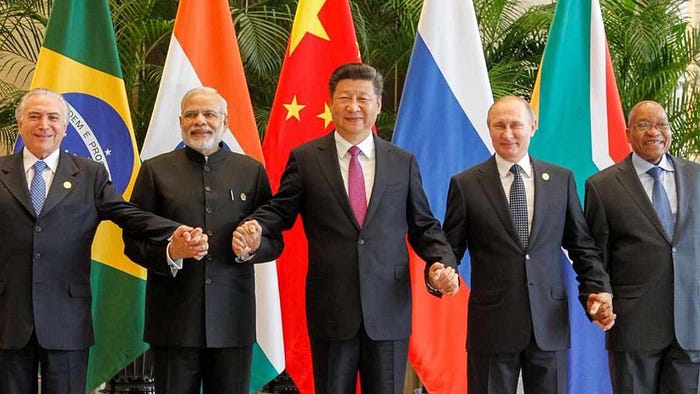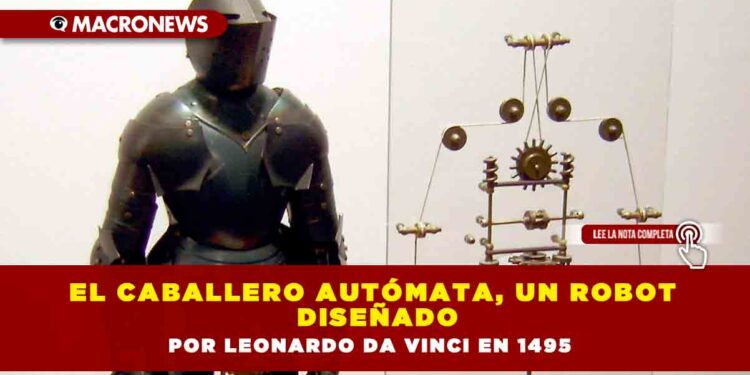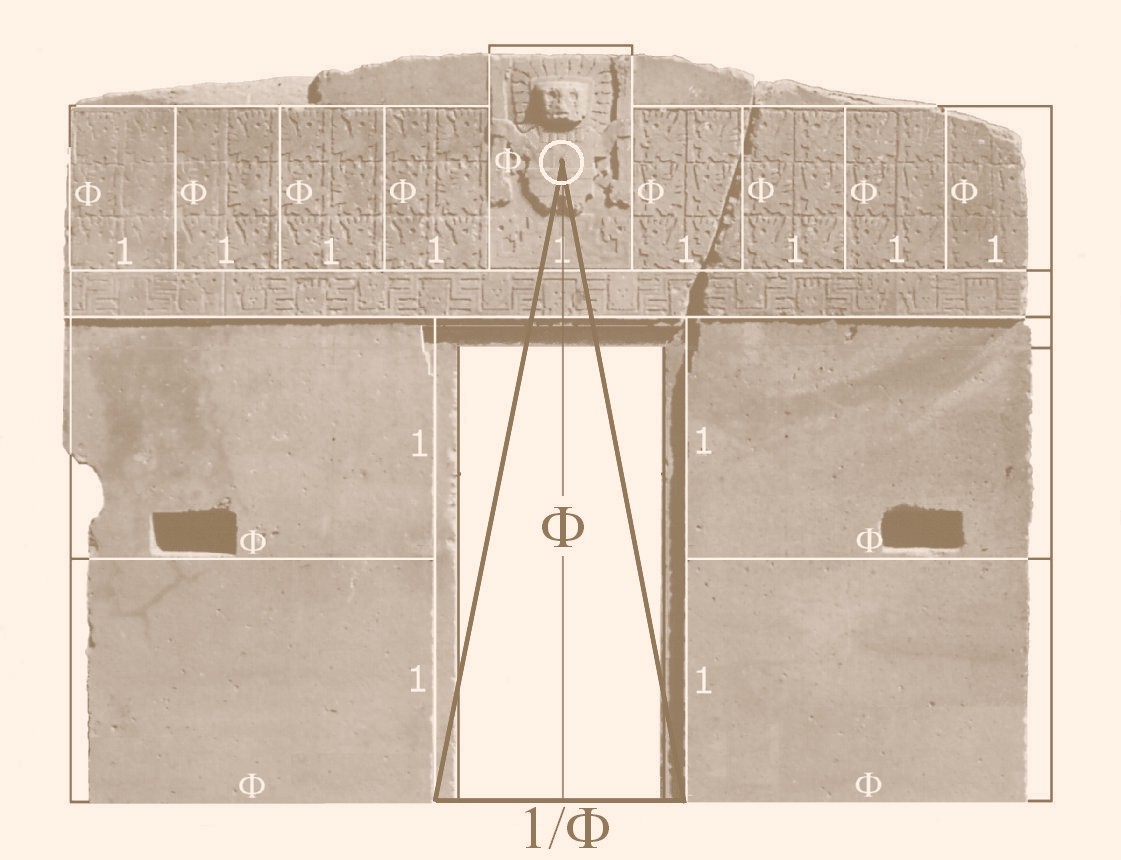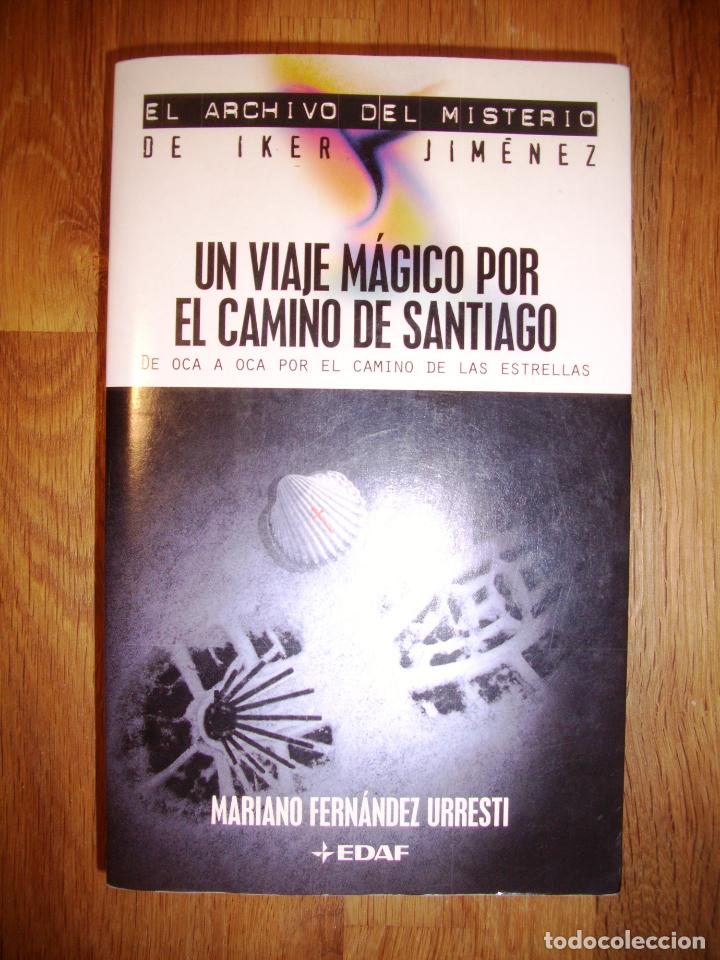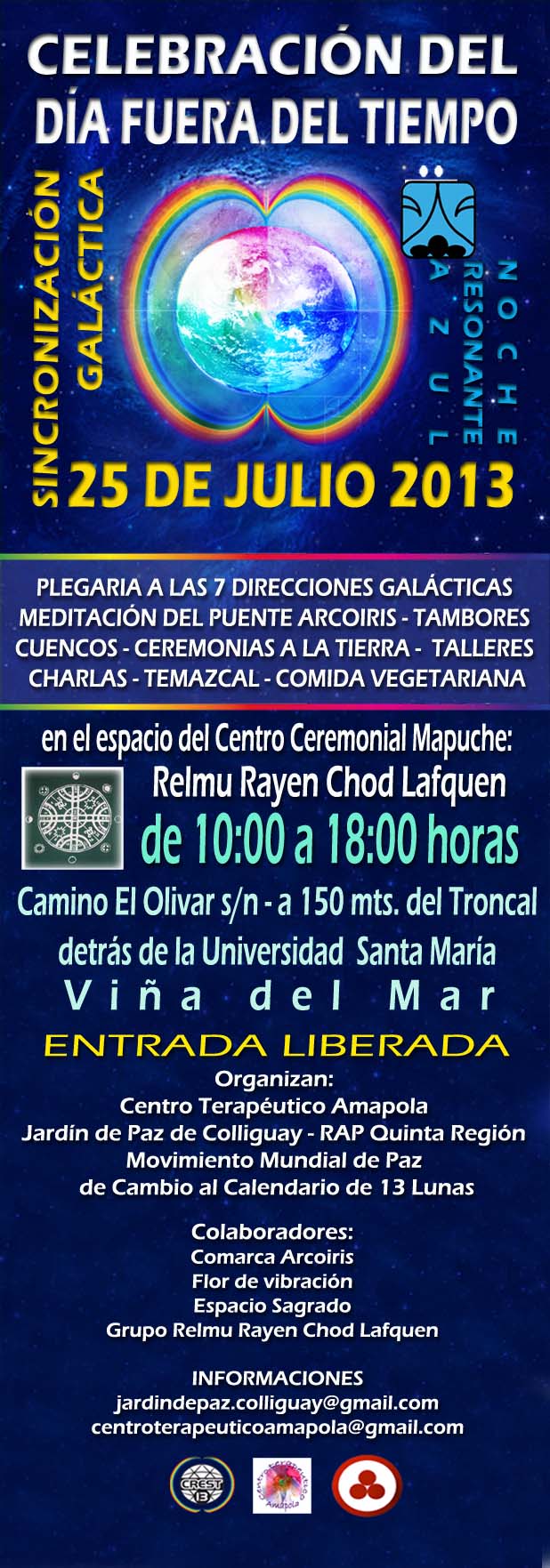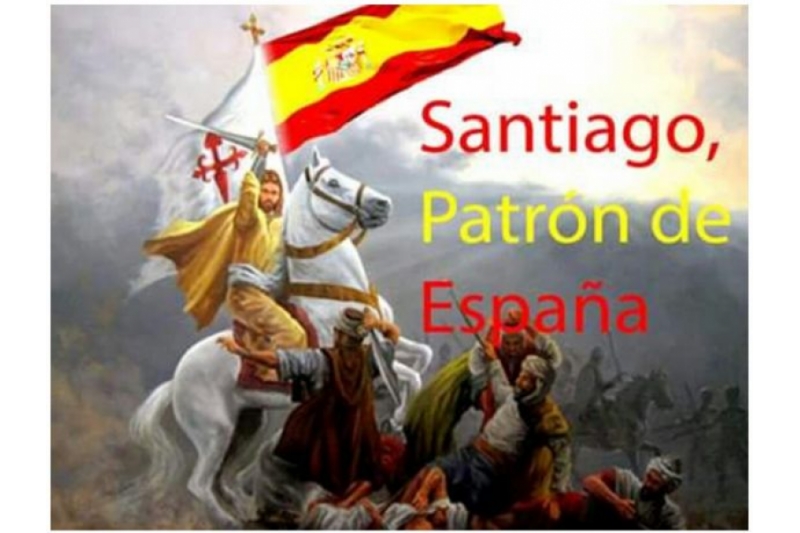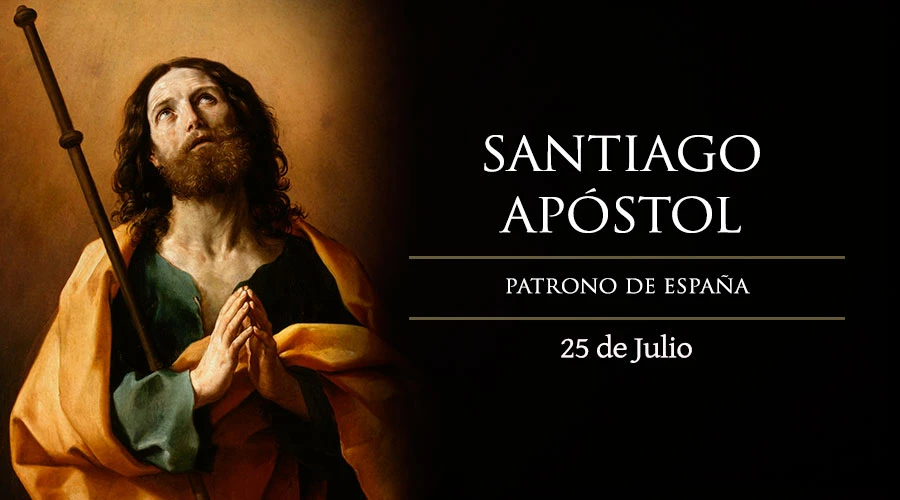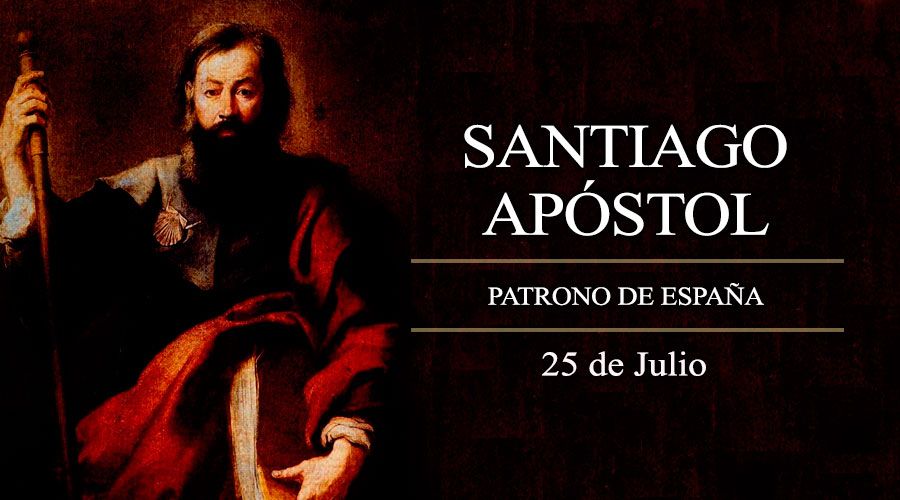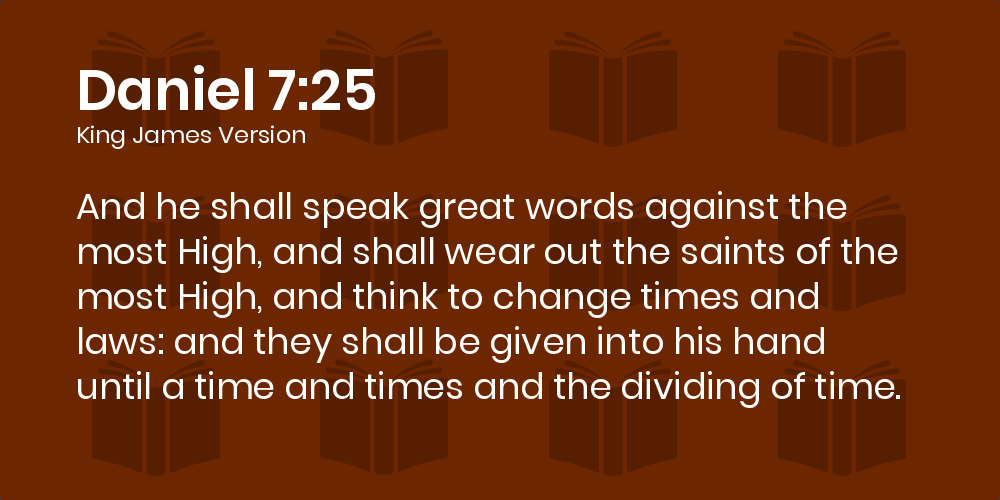Cancún, Quintana Roo 04 de Septiembre del 2023:No es necesario presentar a Leonardo da Vinci, un genio histórico universalmente reconocido de cuyo copioso trabajo siguen apareciendo novedades cada cierto tiempo. La que vamos a ver hoy no es nueva y ni siquiera segura, pues no se sabe si pasó de la mera fase teórica, pero resulta apasionante de todos modos: usando una armadura de la época a la que incorporó una serie de mecanismos internos, el sabio italiano pudo haber construido hacia 1495 una especie de robot que sería el primero de forma humana de Occidente. Se lo conoce como el caballero autómata.
Un autómata, en definición de la RAE, es «una máquina dotada de un mecanismo que le permite moverse, en particular la que imita la figura y movimientos de un ser animado, normalmente humano«. Es muy antigua la idea de una figura, ya sea antropomorfa o zoomorfa, que tenga cierta animación.
Parece ser que en el Egipto faraónico se hacían estatuas que movían la cabeza o encendían los ojos, al igual que la mitología griega cuenta cómo Hefestos fabricó al gigante de bronce Talos para proteger a la princesa Europa. También han trascendido el nombre de un artesano especializado, el alejandrino Ctesibio (que fue el primer director de la Bilbioteca de Alejandría), y un tratado sobre el tema escrito por otro alejandrino, Herón.

Fue en la Edad Media cuando la fabricación de autómatas dio el gran salto adelante, especialmente en el Imperio Bizantino, con su corte de fantasía, y en el mundo musulmán; en este último los hermanos Banu Musa publicaron El libro de los mecanismos ingeniosos y Al-Jazarí El libro del conocimiento de los ingeniosos mecanismos. Paralelamente, en Asia trabajaba el inventor chino Su Song y en la india el rey Boja escribía el Samarangana Sutradhara, uno de cuyos capítulos está dedicado a autómatas. Tampoco hay que olvidar los diseños del francés Villard de Honnecourt.
El gran momento de la creación de autómatas llegaría en los siglos XVIII y XIX de la mano de genios como Jacques de Vaucanson, Friedrich von Knauss, Pierre Jaquet-Droz, Jean Eugène Robert-Houdin, Innocenzo Manzetti y otros, cuyo legado sería recogido a principios del siglo XX. Pero antes estuvo la Edad Moderna, en la que Juanelo Turriano, René Descartes, Philip Hainhofer y Athanasius Kircher fueron algunos de los teóricos y prácticos que alcanzaron la fama al recoger el testigo del paduano Giovanni Fontana y otros renacentistas anteriores. El abanderado de todos ellos fue, sin duda, Leonardo.

Así, para promover una cruzada contra los turcos, el duque de Borgoña Felipe III creó en 1454 un espectáculo de entretenimiento llamado La fiesta del Faisán que terminó siendo una gran exhibición de autómatas, gigantes y enanos, mientras que Camila de Aragón presentó un camello mecánico durante un banquete celebrado en 1475.
En esa línea, se atribuye al propio Leonardo la construcción de un león autómata de bronce que presentó al rey francés Francisco I cuando entró en Lyon en 1515, celebrando la alianza firmada entre Francia y los Médici. Decimos «se atribuye» porque en realidad no consta que pasara de ser un mero diseño, siendo la única fuente que tenemos la Descrizione delle felicissime nozze della Christianissima Maestà di Madama Maria Medici Regina di Francia e di Navarra (única y tardía, de 1600), en la que se cita un testimonio dejado por Miguel Ángel, Vasari y Lomazzo dando fe de la existencia de que el león caminó sobre una mesa.
Al parecer, también podía abrirse el pecho con su zarpa dejando al descubierto el escudo de armas del rey, moviéndose merced a una carreta autopropulsada que su autor había dibujado en 1478.
Esa incertidumbre sobre si se llevó a la práctica lo diseñado sobre el papel es habitual en casi todo lo que hizo Leonardo y el caso del caballero autómata no constituye una excepción.
Se conoció en los años cincuenta del siglo XX, cuando se redescubrió una página del Codex Atlanticus (una colección encuadernada de dibujos y escrituras multitemáticas de Leonardo), datada entre 1495 y 1497, en la que hay dibujos de una armadura de estilo italo-alemán con mecanismos internos que, según algunos estudios, reproducirían movimientos humanos básicos: sentarse, mover los brazos, inclinar la cabeza, abrir la mandíbula y hasta emitir sonidos desde la boca mediante un sistema de percusión que habría a la altura del pecho.
Investigaciones posteriores hallaron nuevas notas en otras páginas del Codex Atlanticus que podrían corresponder a mecanismos del caballero autómata. El condicional se debe al desorden descontextualizado en que se encuentran y la difícultad de su interpretación con certeza; algunos bosquejos parecen encajar en el modelo, pero otros no tanto, así que quizá sean de otro proyecto mecánico, pues ya vimos aquel león que presuntamente hizo Leonardo -al menos en teoría- y el propio Codex muestra el diseño de una especie de carro autopropulsado por un sistema de ruedas dentadas unidas a un rudimentario diferencial.
Leonardo, claro, no concibió todo esto de la nada; como explica el Códice Huygens (un manuscrito de la segunda mitad del siglo XVI, atribuido al artista Carlo Urbino, cuyo cuarto volumen está dedicado al sabio italiano), había detrás toda una tradición que ya hemos reseñado y que él había estudiado concienzudamente, siendo su referencia más reciente e importante los trabajos de Jordanus Nemorarius, un erudito del siglo XIII que había tratado los principios de la mecánica en su obra Elementa super demonstrationem ponderum (también conocida como De ponderibus).
La combinación de esos precedentes con el canon de proporciones anatómicas de Vitruvio y sus propias investigaciones sobre kinesiología, permitieron a Leonardo idear y desarrollar sistemas mecánicos de movimiento para su caballero autómata. Lo diseñó hacia 1495, justo antes de acometer una de sus pinturas emblemáticas, La Última Cena, y adelantándose veinte años al león, aunque probablemente también se trató de un encargo festivo: habría sido para animar una fiesta de Ludovico Sforza, por entonces duque de Milán. Como en el caso anterior, tampoco se sabe si llegó a ser una realidad.
Dicen los expertos que los mecanismos interiores del caballero autómata eran de madera, pero con elementos de cuero y metal, accionándose por un sistema de cables para simular tendones y músculos, y un sistema de manivelas externas para mover las piernas (accionadas por personas, evidentemente); los brazos deberían moverse al unísono, si bien hay quien opina que únicamente lo harían las muñecas.
Lo cierto es que cada nuevo análisis revela nuevos supuestos teóricos e incrementa la controversia sobre lo que podía hacer. Eso se debe a que, como decíamos antes, no hay consenso sobre qué mecanismos internos de los que aparecen en bocetos pueden asimilarse a ese proyecto y cuáles serían de otro, a causa de la falta de precisión y especificidad del propio autor.
Un ejemplo: las reconstrucciones del autómata anteriores a 2007 solían incluir en su vientre un extraño mecanismo que siempre parecía fuera de lugar y que finalmente fue identificado como un simple reloj que Leonardo mismo había descrito en uno de los Códices Madrid (unos manuscritos suyos sobre mecánica, estática, geometría y poliorcética traídos a la España de Felipe II por el escultor Pompeo Leoni y extraviados hasta su redescubrimiento en la Biblioteca Nacional de España en 1964)
Más allá de la investigación teórica, ha habido varios intentos actuales de reconstruir físicamente al caballero autómata. El primero fue en 1996, con la colaboración entre el experto en robótica Mark Rosheim y el Museo Galileo de Florencia para la exposición Gli ingegneri del Rinascimento. Da Brunelleschi a Leonardo da Vinci; Rosheim repitió en 2002 con la BBC en un documental. A partir de ahí fueron varios los museos que incorporaron un modelo a sus colecciones, como ha pasado con otros proyectos leonardianos.


